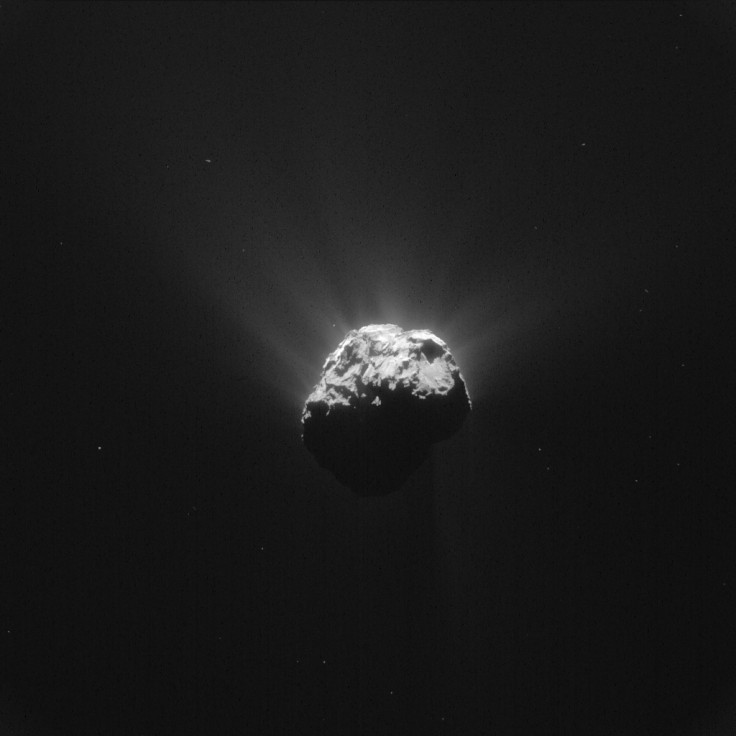ESA's Philae lander now 'completely awake' after making second contact

ESA's comet lander Philae is now "completely awake" and has made another contact with Earth on 15 June according to its ground operators.
The lander reestablished contact on the morning of 15 June, Jean-Yves Le Gall, president of the French CNES space agency told television station France 2.
This follows the contact made on 13 June after a long silence of seven months.
Le Gall said the comet was in full activity, with "bursts of gas, bursts of dust, and thanks to Philae, we can observe it all first-hand."
Philae is equipped with 10 instruments to study the dust and vapour that blast from the comet as it gets closer to the Sun, writes AFP.
Various teams will be meeting to decide which of the instruments will be used first.
The Philae lander was dropped on comet 67P/Churyumov-Gerasimenko on 12 November 2014 by its Rosetta mother spacecraft after a 10-year trek across interplanetary space.
However, the lander bounced high several times before settling in a dark ditch where its solar panels could not be recharged by sunlight.
Landing in a region called Abydos has actually helped extend the useful lifetime of the lander.
If it had landed in the intended landing spot Agilkia, the temperature variations and high temperatures would have rendered the lander incapable of operating.
On landing, the stored battery power was used up for 60 hours of experiments, enabling it to send home data including promising signals from carbon.
Since then the lander has been in stand-by mode.
The comet is now 215 million km from the Sun and 305 million km from Earth, racing at a speed of 31.24km a second. The Earth too moves around 30km a second in its journey around the Sun.
Comet 67P will approach perihelion, the closest point to the Sun on August 13, after which it will disappear into the deeper reaches of space to come back possibly in six years.
© Copyright IBTimes 2025. All rights reserved.





















